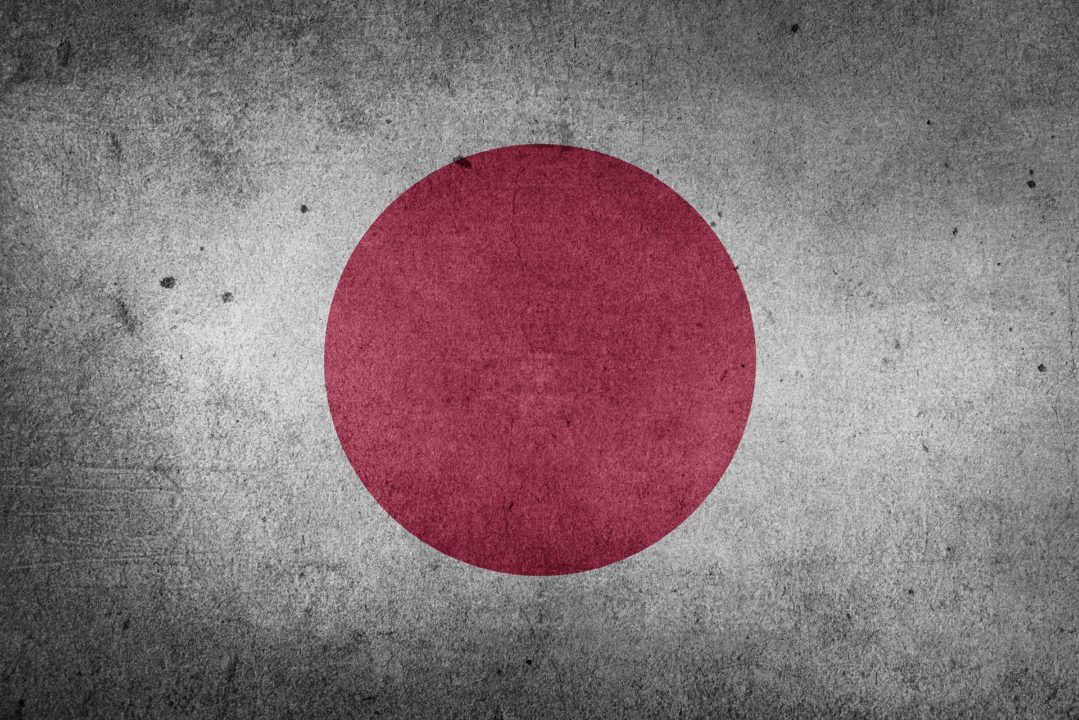Japanese Prime Minister Shinzo Abe has officially lifted the state of emergency declared over the coronavirus (COVID-19) pandemic in his nation.
In place since April 16th nationwide, Abe peeled back the statute in 39 of Japan’s 47 prefectures on May 14th, followed by 3 more on May 21st. As of May 25th, the remaining prefectures of Tokyo, Hokkaido, Chiba, Saitama, and Kanagawa have now also seen their state of emergency status ending.
The Tokyo location holds special significance for Japan’s swimmers, as the National Training Centre resides there. The Japan Sports Council (JSC) closed both the National Training Center and the Japan Institute of Sport Sciences as of April 9th, leaving elite swimmers pool-less for the last month. Olympians such as Daiya Seto have had to resort to backyard swimming in temporary pools.
Of the easing of restrictions, Prime Minister Abe said in a televised press conference, “I have decided to end the state of emergency across the nation. In just over a month and a half, we almost brought (the infection) situation under control.”
“The lifting of the emergency does not mean the virus is gone or infections are down to zero. Our battle against the virus will continue,” Abe said.
Wearing face masks, adhering to social distancing, and working from home are heavily encouraged guidelines throughout Japan. Additionally, per Kyodo News, people will be asked to refrain from crossing prefectural borders for the rest of the month and the request will be relaxed in stages until it ends on June 19th.
According to Johns Hopkins Coronavirus Center, Japan has seen over 16,500 coronavirus cases reported, resulting in 830 deaths.
